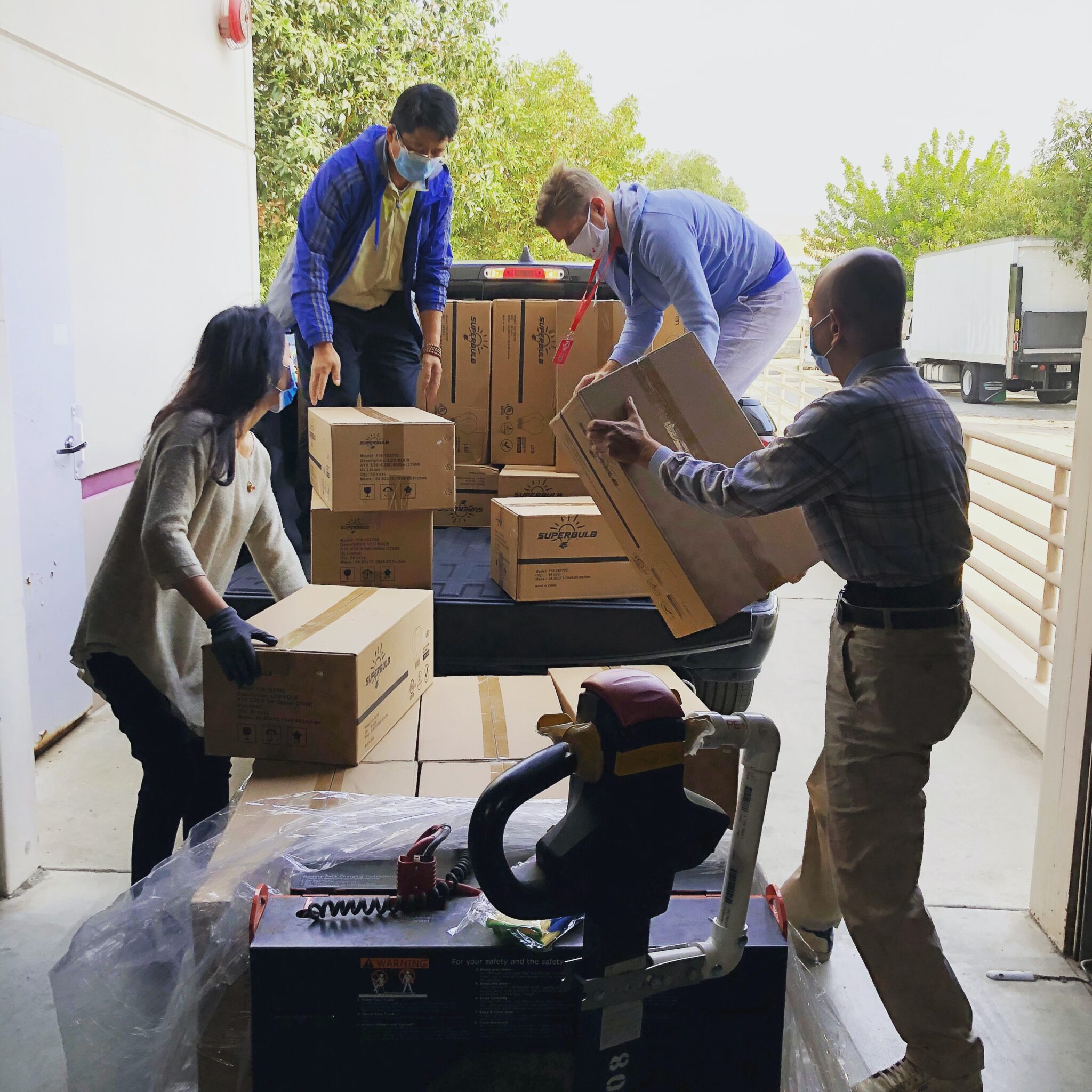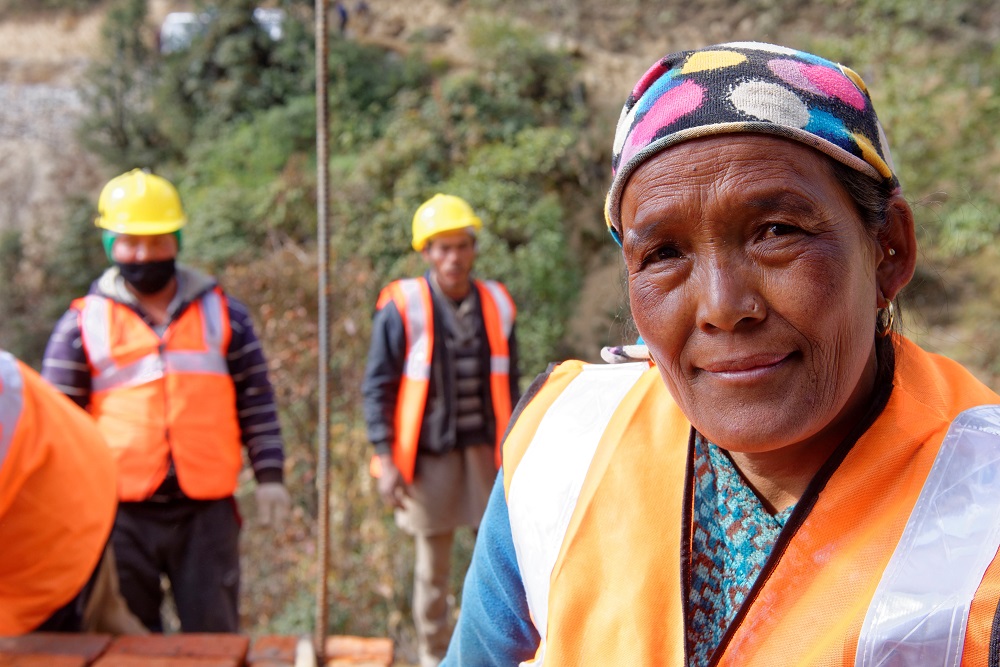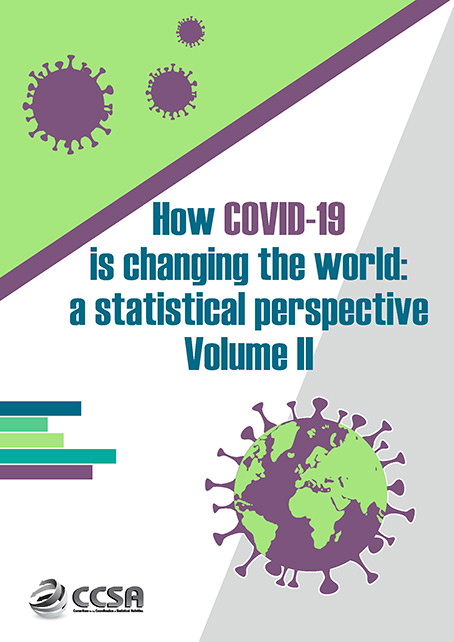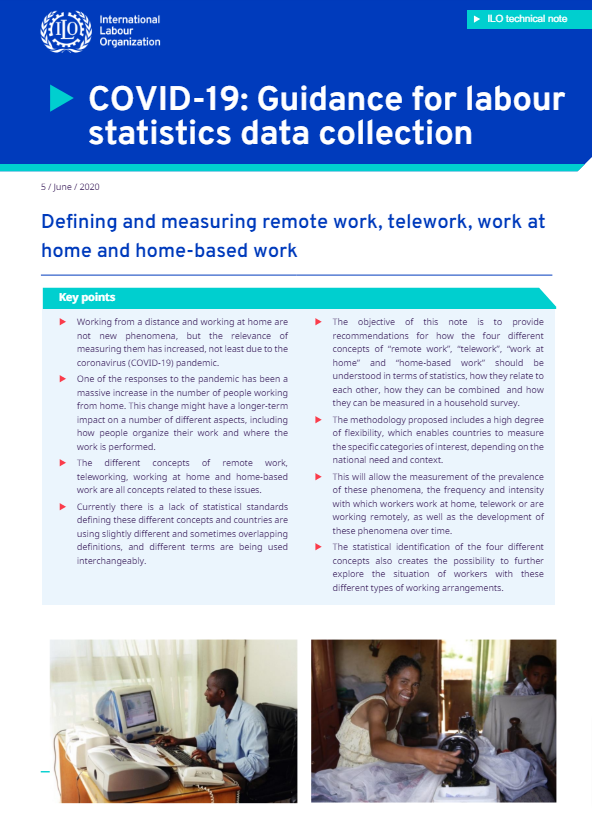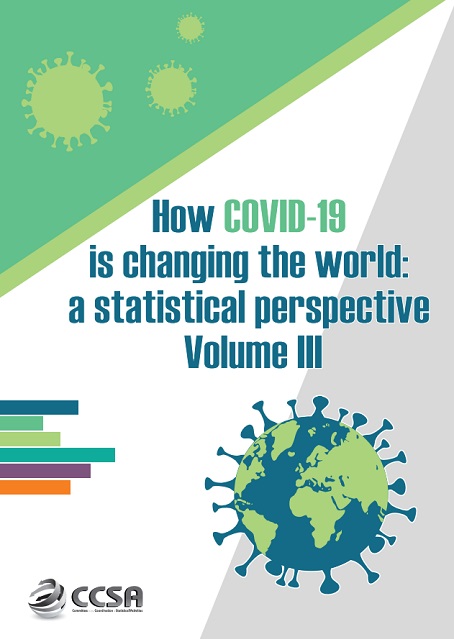
How COVID-19 is changing the world: a statistical perspective, Volume III
The third report provides an updated snapshot of some of the latest information available on how COVID-19 is affecting different aspects of public and private life.
How COVID-19 is changing the world: a statistical perspective, Volume III Read More »



